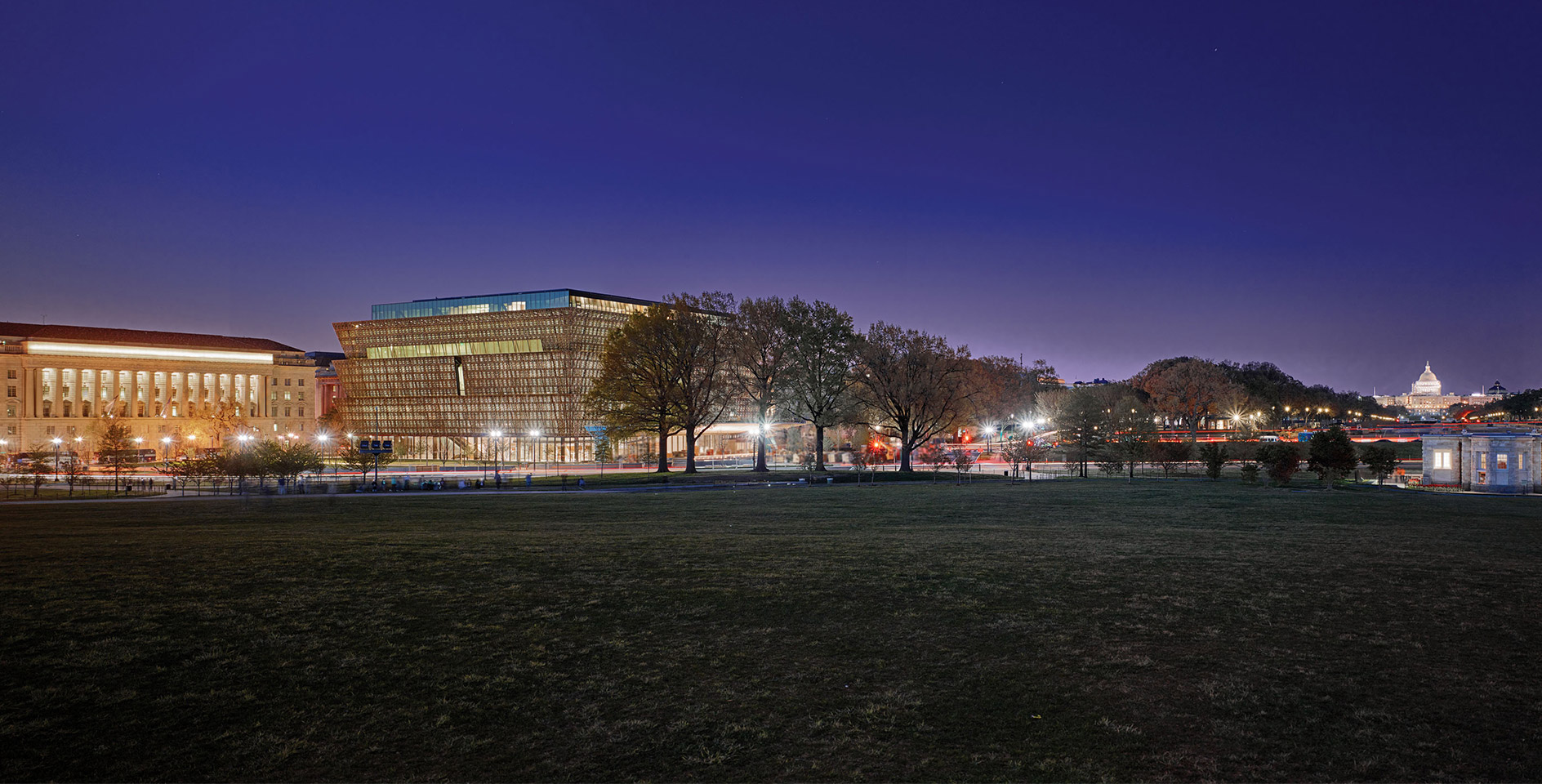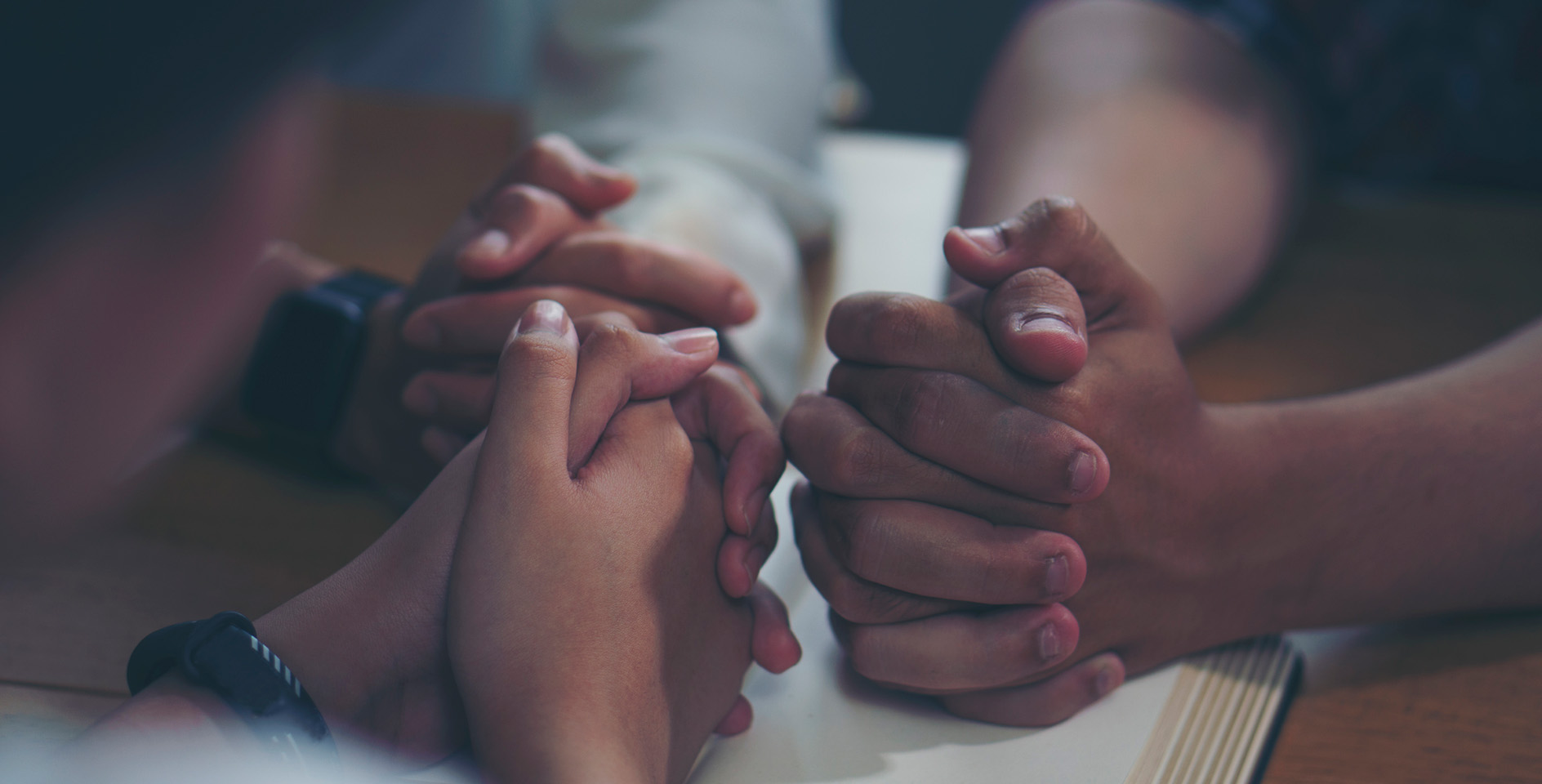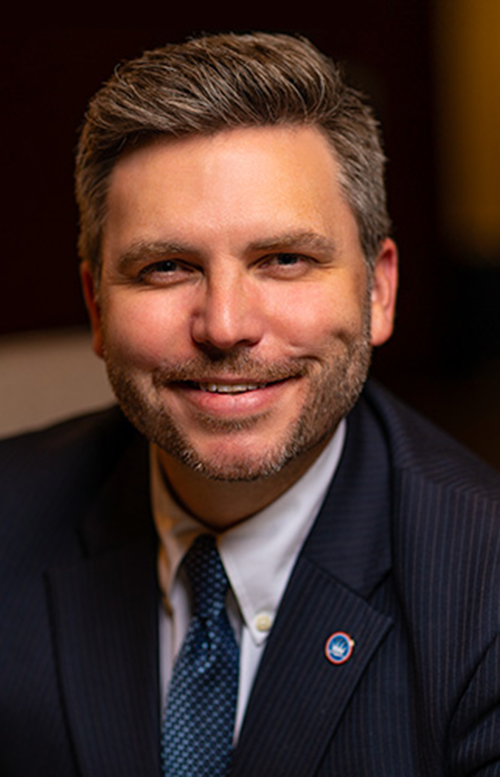“I wanted the world to see what they did to my baby.” – Mamie Till-Mobley
Wrapped in a bronze-colored metal lattice, with a structure fashioned after the three-tiered crowns used in Yoruban art from West Africa, the National Museum of African American History and Culture covers five acres on the National Mall in Washington, D.C. This Smithsonian museum opened to the public on Sept. 24, 2016, 87 years after Congress approved the project.
I was able to visit the museum with some colleagues on a brisk Saturday afternoon in 2018 after a pro-life event in our nation’s capital. The event fittingly focused on the dignity, value, and worth of all people as rooted in the image of God, or imago Dei (Gen. 1:26-28). The visit to the museum left me speechless. From the intricate design and architectural features to the uplifting yet horrifying stories on display, the museum seeks to “tell the American story through the African American lens.” And it does so in a powerful and thought-provoking way.
Through another’s eyes
The museum tour begins by taking an elevator deep underground as you descend back in time to the 15th century and the beginning of the transatlantic slave trade. Each level of the three-floor main exhibit chronicles various historical periods in the Americas through the eyes of African Americans. The bottom level tells the story of how slavery developed from a temporary status not based on skin color, to an industry that ravaged African kingdoms and fueled growth in the Americas at the expense of human dignity. The middle level focuses on the Jim Crow South up to the Civil Rights Act of 1964. Lastly, the top level tells the story of the 1970s through the present.
Through the various exhibits and displays, I learned about the beautiful kingdoms that used to sprawl the African continent and saw their breathtaking contributions to art. I learned how these kingdoms were depleted of their people because an estimated 10–12 million Africans were exported like common goods on slave ships to the Americas.
Multiple displays told the personal stories of enslaved Africans aboard slave ships. As we journeyed through exhibits of old metal shackles and various wooden parts of slaves ships, I was able to better understand the horrors of travel conditions that these men and women were subjected to as they crossed the Atlantic ocean.
While the exhibits and stories gripped my heart, the most influential moment of the entire museum was watching an African American father tell his two daughters that this was their history and that their ancestors lived through these horrors. He explained to his girls how the Emancipation Proclamation made by President Lincoln freed the slaves in the South. He told them that many slaves found out they were free as the Union army marched through the South, carrying with them tiny versions of proclamation that they would read aloud as they entered plantations and fields. So much of this history was unfamiliar to me.
The horrible truth revealed
On the second level, there is a small room tucked away in a corner; a quiet and quaint room. It is the only place in the entire museum that you are not allowed to take photos. There is a security guard posted just outside the room to encourage respectful silence. This room contains the original casket of a 14-year-old boy who was brutally murdered in 1955.
Newspaper clippings tell the story of Emmett Till, who was visiting relatives near Money, Mississippi. Till and his family were from Chicago but had been traveling to see family when Till stopped at a local grocery store. While in the store, a 21-year-old married woman named Carolyn Bryant claimed that Till flirted with her. Upon hearing about this incident, Bryant’s husband and his half-brother abducted the boy from his great uncle’s home and brutally murdered him. They beat, mutilated, and shot him. Then they proceeded to tie a 75-pound weight around his neck and throw his body into the Tallahatchie River. Mrs. Bryant recanted her story decades later.
More powerful than our common citizenship in America is our connection as human beings created equally in the image of God.
Mamie Till-Mobley, the boy’s mother, decided to hold his funeral in Chicago with an open casket. “I wanted the world to see what they did to my baby,” she said. Emmett Till posthumously became a symbol of the Civil Rights Movement as numerous newspaper and magazine stories helped millions to see the crime that was committed against this boy; a crime based largely on the color of his skin.
The museum was given the original casket to put on display after Till-Mobley had her son’s remains unearthed for DNA analysis. Her desire was for the world to remember, through experiencing the exhibit, what was done to “her baby.” She wanted others to see what happened because, through seeing what really took place, she believed that it would move people to action. They would have no excuse if they allowed these horrors to continue.
A knowledge leading to empathy
As I reflect on my time touring this museum, I am struck by my own ignorance of the rich history of African Americans and the stories of these brave Americans. These men and women are integral parts of the American story. Just as Till-Mobley hoped that her son would serve as a visible reminder of the horrors of Jim Crow laws, this museum serves as a visible reminder of all that African Americans have suffered and achieved in their rich history. It is through knowledge and understanding that we are able to develop empathy for one another.
More powerful than our common citizenship in America is our connection as human beings created equally in the image of God. This common humanity is shared by all people from every nation, tribe, and tongue and gives us inherent worth and dignity. We were created equal by God, even if others sinfully deny this truth. And this equality is what drives our empathy.
The stories on display at this museum opened my eyes to the horrors that my brothers and sisters have endured and helped me grow in empathy as I learned about our American history through an African American lens. If you are in Washington, D.C., I highly encourage you to visit the museum so that you might learn and grow in love for those created in God’s image.
Photo credit: Alan Karchmer/NMAAHC










